
UNIX is a powerful multi-user operating system (OS) that defined how we do computing for more than 40 years. It provided a lot of features and abstractions that we take for granted today. This includes the idea of files being an uninterpreted sequence of bytes as well as the notion of a hierarchical file system.
This article will show you some of the differences between the original UNIX OS and its modern spiritual successor: Linux. Further, it will also show you a brief rundown on both the history and notable features of each system.
What is UNIX?
Since the late 1970s, UNIX has set the standard for what can be considered a modern, and powerful OS. Developed in Bell Laboratories, it became the vehicle that drove OS research for some of the brightest minds in computer science.
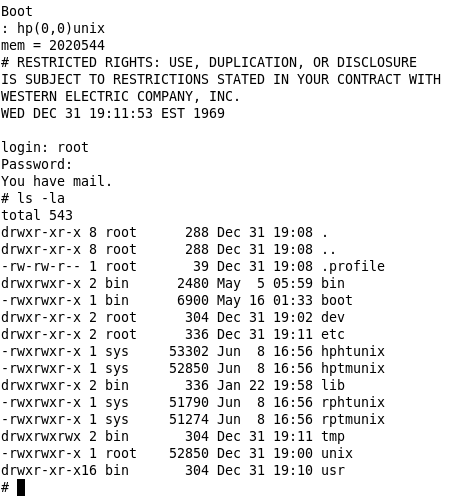
The original research UNIX operating system can be divided into seven separate editions. Each of which have introduced numerous innovations on how the UNIX system, along with its utilities, work. For example, both the awk and sed programs first came out in the 7th Edition Research UNIX.
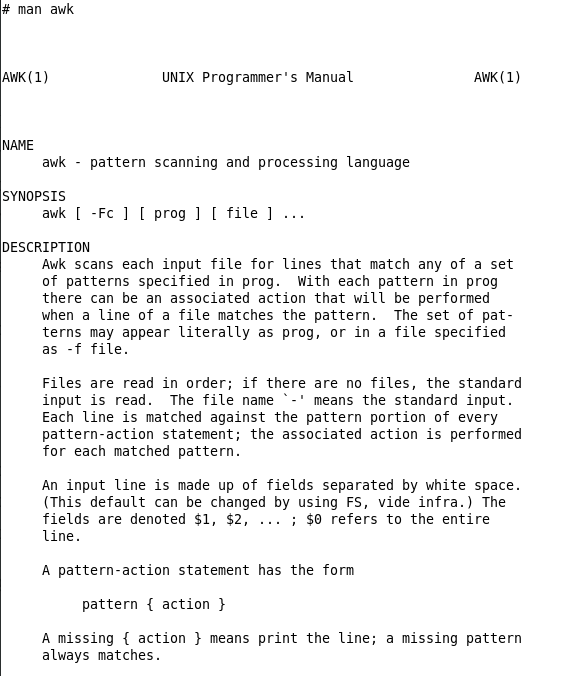
In the 1980s, AT&T repackaged the original research UNIX along with other internal variants to create a commercial system for businesses and institutions. This became known as System III and System V UNIX. It included features such as the uname command and the Korn Shell. Eventually, these two versions became the bedrock for modern UNIX derivatives such as illumos, OmniOS, and IBM AIX.
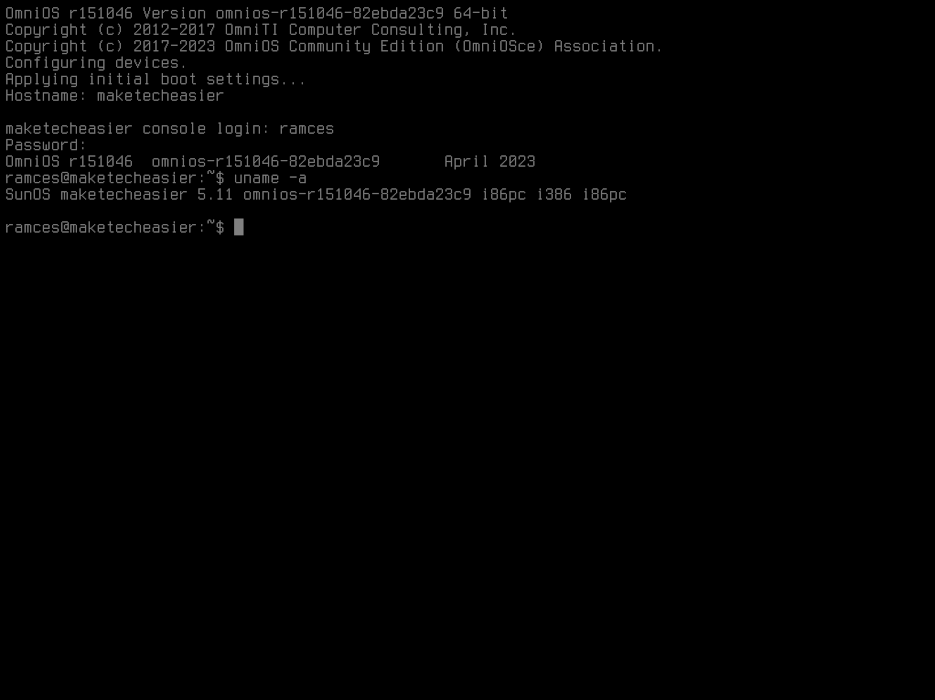
What is Linux?
Linux is a clean-room implementation of a POSIX-compatible UNIX-like kernel for modern system architectures. Linus Torvalds created it in 1991 as a small project that provided an alternative open-source kernel to the closed-source System V UNIX.
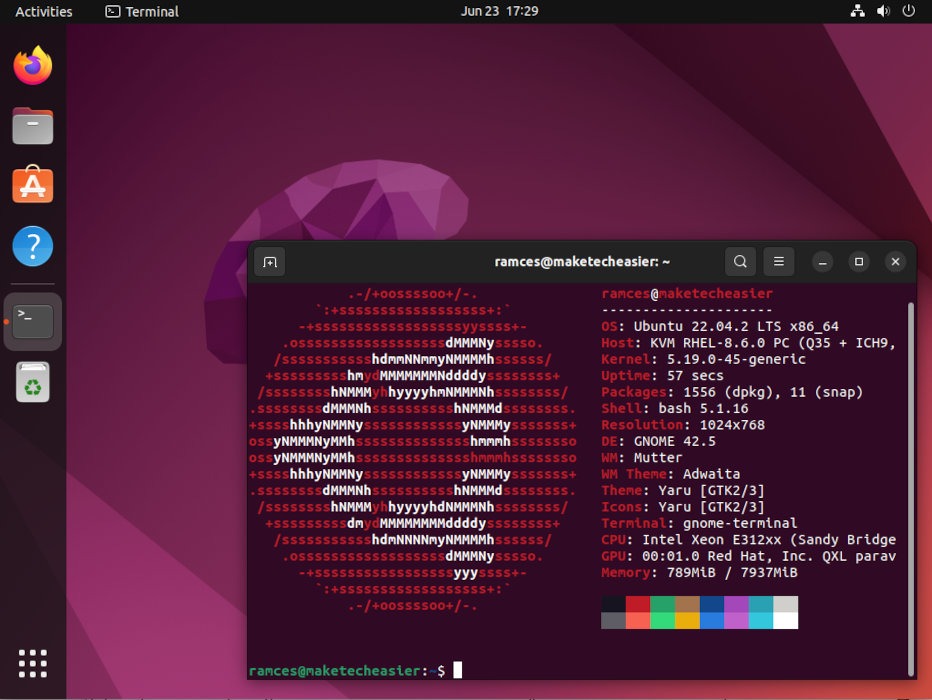
Most people think of Linux as an OS in itself. However, it only corresponds to the system’s kernel binary. A Linux machine is often a collection of community-led software projects that maintainers bundle as a single “distribution.” Each distribution provides their own unique build processes along with a basic set of programs.
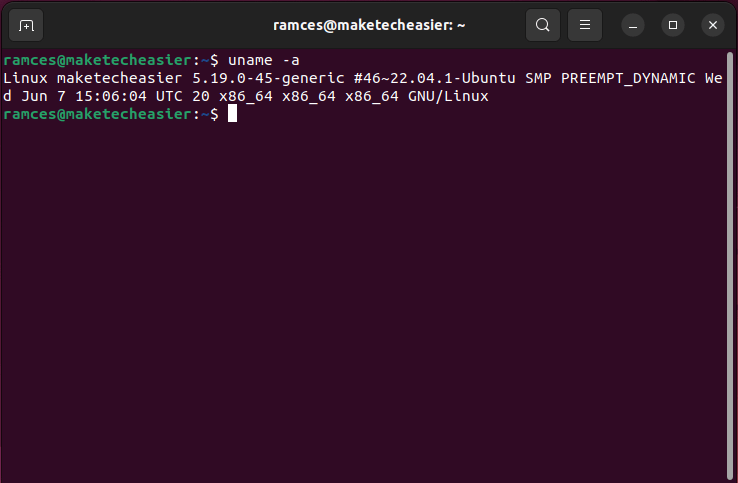
For example, both Red Hat Enterprise Linux and Devuan Linux use the Linux kernel but have wildly different userspace utilities.
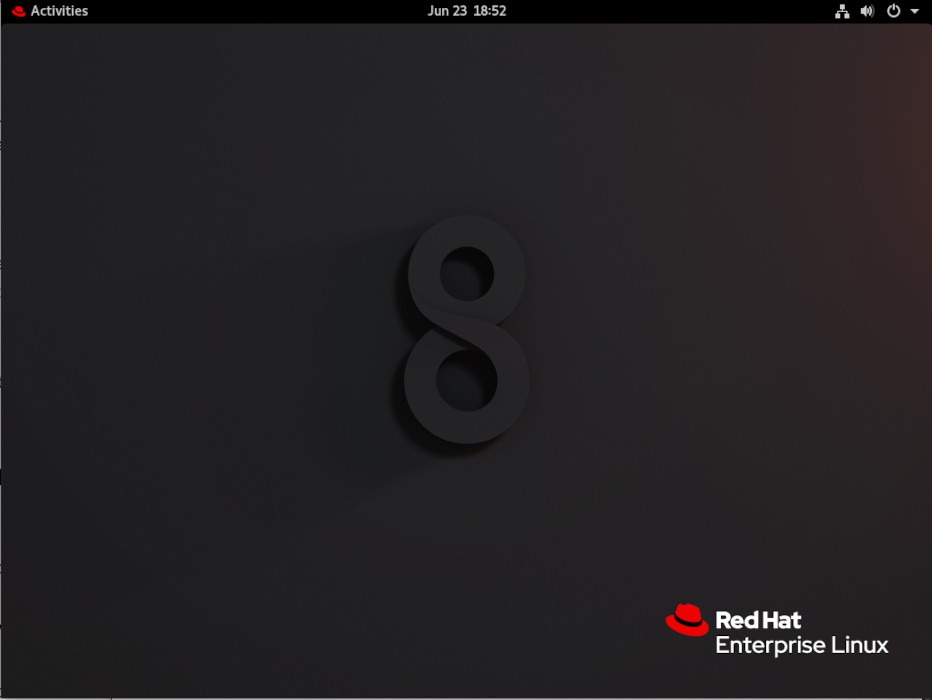
Nowadays, Linux is a household name on almost all levels of computing. Aside from being the backbone of the internet, you can find Linux on SoC boards as well as high-performance distributions that run on supercomputer clusters.
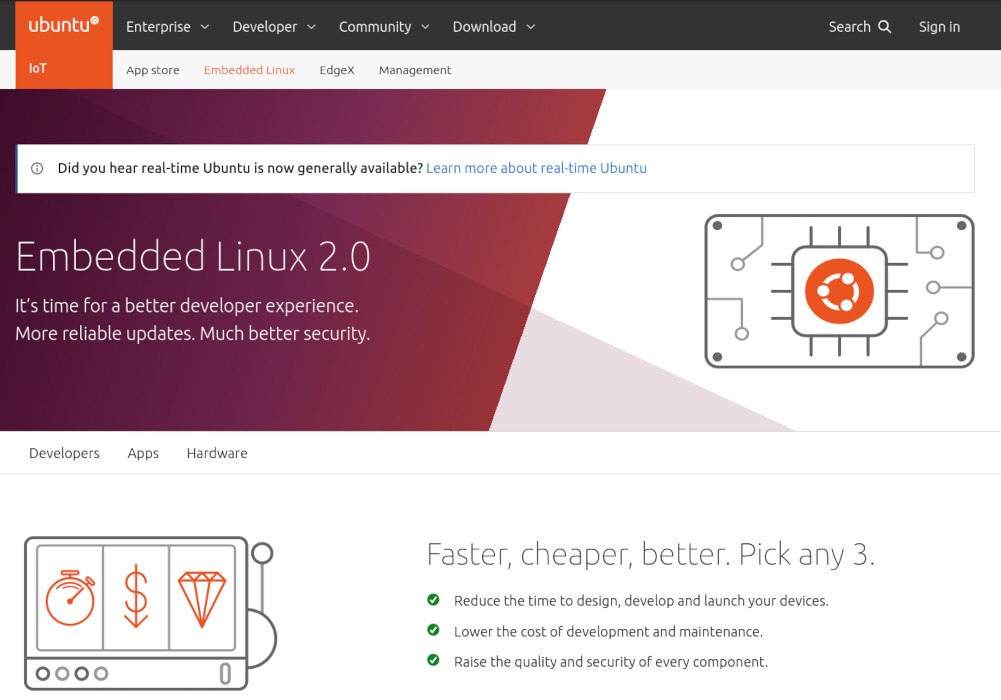
FYI: Learn how you can deploy a Red Hat Enterprise Linux machine for free.
UNIX vs. Linux Commands
While UNIX and Linux share a common computing paradigm, both operating systems diverge on the commands and options that you can use inside them.
Basic UNIX Command Overview
In general, UNIX commands are often terse and contain little to no additional options. This goes in line with the research-focused origin of the OS where it expects that its users can program the features that they want out of the machine.

For example, the cat command in UNIX only has a single flag while ls only contains 11. Further, the original UNIX system does not have any long options for its commands. This can make the system unintuitive at first but quick once you are familiar with its short-form options.
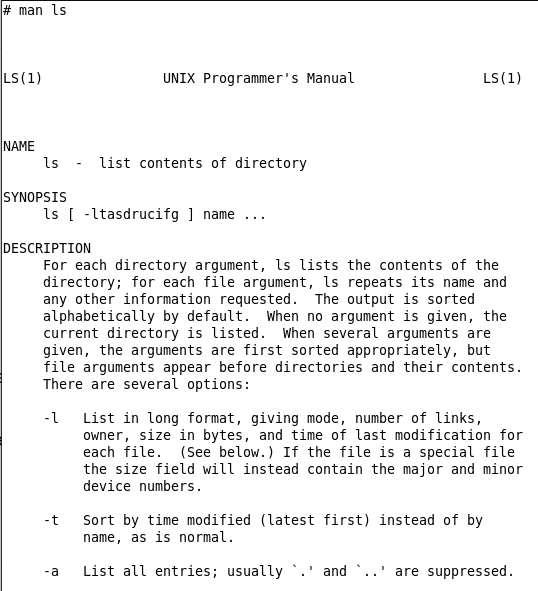
Since UNIX-derived systems try to maintain legacy code and programs, most of its lower-level commands are now slightly different from a regular Linux distribution. As an example, OmniOS uses the BSD bootloader and System V Init instead of GNU GRUB and systemd.
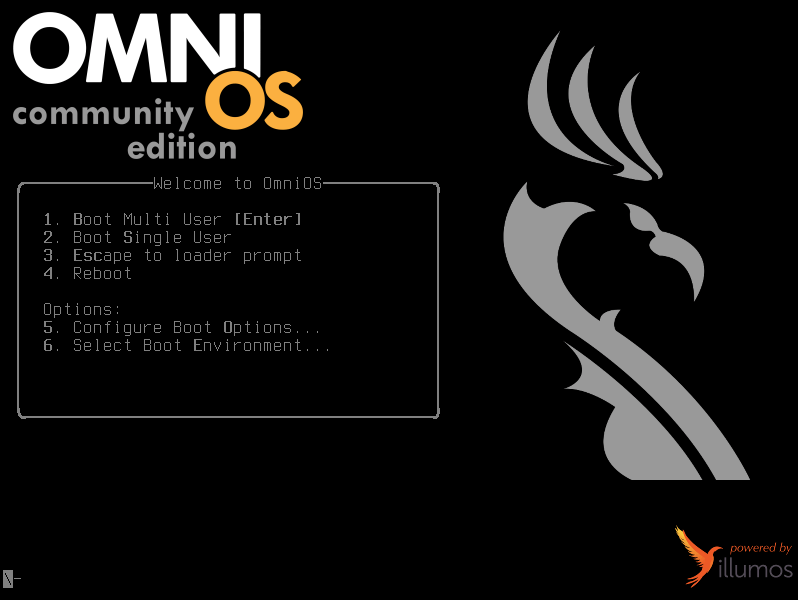
Good to know: Learn how you can recover an unbootable Linux machine by restoring your GRUB bootloader.
Basic Linux Command Overview
Unlike UNIX, every command in Linux contains a variety of options which extend the features of their original counterparts. This makes the system accessible to non-programmers since most of what you need are already in the programs by default.
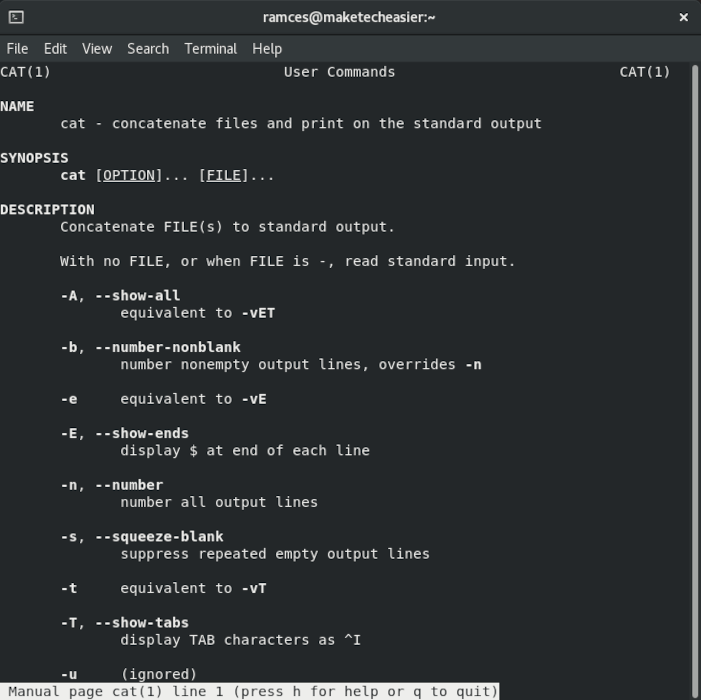
Aside from that, the Linux kernel also provides additional features, such as KVM, which it can expose as commands to the user. For example, Red Hat’s libvirtd allows you to use your operating system as a Type 1 Hypervisor.

Lastly, Linux also provides long-form options for some of its core utilities. These are memorable and verbose flags that allow users to quickly specify the feature that they want without memorizing obscure, single letter options.
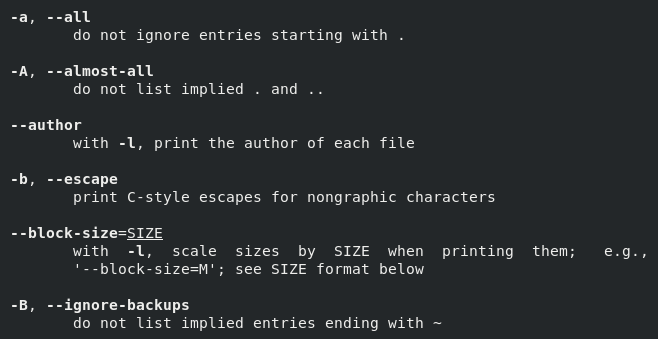
Differences Between UNIX and Linux
With that in mind, UNIX and Linux also differ on some implementation and system-specific details. These include the copyright status of each OS as well as their general performance and usability. The following table highlights some of the major differences between the two operating systems:
| UNIX | Linux | |
|---|---|---|
| Copyright Status | Most variants are closed-source. Aside from ancient UNIX, only a handful are open-source. | Most distributions are open-source and free to use. |
| Community Support | It can be hard to get proper community support. | Most Linux distributions have an active userbase for community-based support. |
| Issue Resolution | Open-source UNIX can be slow to resolve non-critical issues in the system. | Popular distributions can quickly resolve even non-critical issues. |
| Kernel Development | The kernel and the userland are being developed by the same team. This can lead to slower updates but more reliable code. | The kernel and userland are different projects led by different people. This can result to issues and incompatibility. |
| General Performance | Performance improvements to the kernel code can take a while to develop and ship. | The Linux kernel is usually faster than other alternatives. |
| Security | Open-source UNIX is relatively secure for normal computing tasks. | SELinux is the golden bar for mission-critical tasks as well as a requirement for standards compliance. |
| Ease of Use | UNIX command options can be unintuitive since it does not use long-form names. | Linux can be easier to use for a novice since it has intuitive commands. |
| Binary Support | It can be hard to find software outside the default repository. | Linux distributions offer multiple ways to install packages. |
| Hardware Support | Support is usually focused on current and legacy enterprise-grade hardware. | Linux supports for both consumer and enterprise-grade hardware. |
| Available File Systems | Systems usually come with ZFS, UFS, JFS and FFS. | Linux comes with EXT2, 3 and 4 along with XFS, BTRFS and JFS. |
| Available Graphical Interfaces | Most systems today use either GNOME or Openbox. | Most distributions use either GNOME, KDE or XFCE, but there are plenty of other desktop environment to choose from . |
| Default Shell | UNIX systems today use the original Bourne shell (Bsh) from 7th Edition Research UNIX. | Most systems today use the Bourne shell’s free implementation: Bourne Again Shell (Bash). |
Good to know: Be more effective in the terminal by learning some basic Bash commands.
Frequently Asked Questions
Is Windows a UNIX system?
No. Windows is an entirely different operating system from UNIX and Linux. Microsoft originally developed Windows as a graphical shell for the MS-DOS operating system but has since became its own system with the introduction of the Windows NT kernel.
Is macOS UNIX?
Yes. The current version of macOS uses the Darwin operating system which runs on the XNU kernel. This is a UNIX-like kernel that Apple develops alongside Darwin. XNU mainly uses the FreeBSD codebase for its filesystems, networking stack and system libraries.
Which is faster: Linux or UNIX?
In most cases, Linux is a faster operating system compared to UNIX. However, there are cases where UNIX is faster and more efficient especially on enterprise-grade architectures such as SPARC.
Image credit: Maksym Zakharyak via Unsplash. All alterations and screenshots by Ramces Red.
Our latest tutorials delivered straight to your inbox